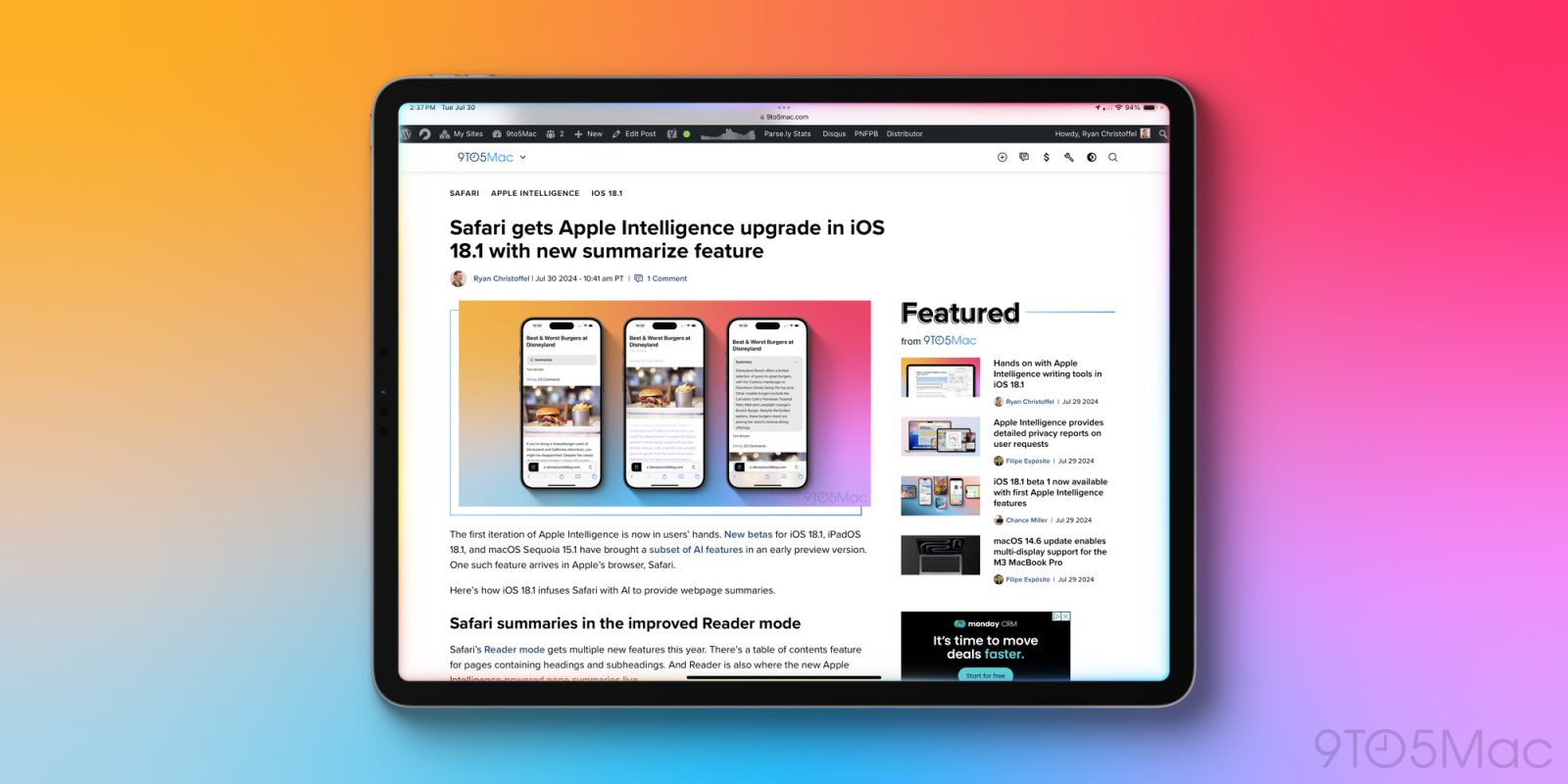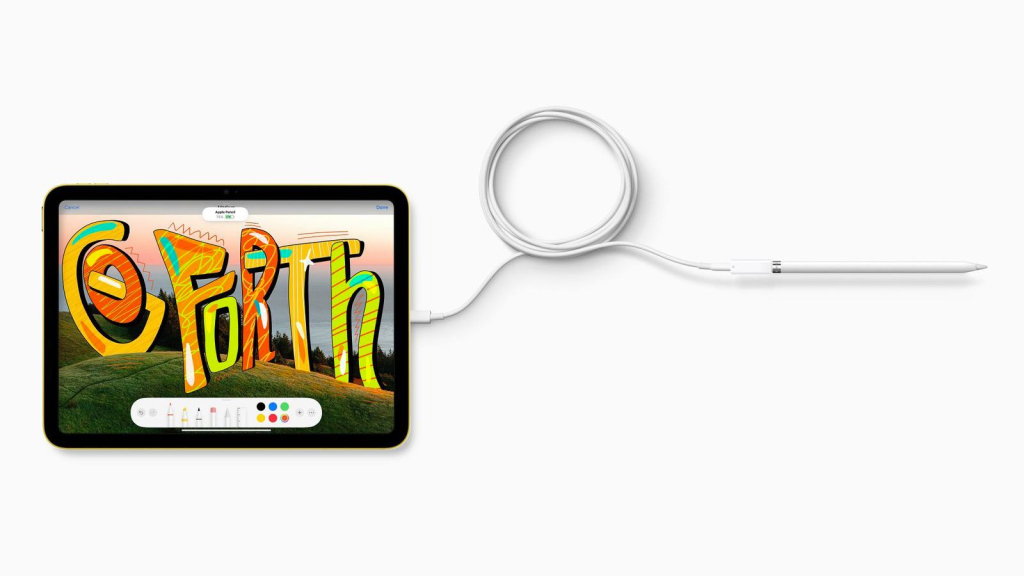
Apple refreshed the iPad mini last week, with an A17 Pro chip and support for Apple Intelligence. However, that was the only announcement. There was no refresh to the base model iPad. This had previously been expected, but it’s still a bit puzzling. The current base iPad is over two years old, why is Apple leaving it outdated?
Base iPad history
Apple introduced what we currently refer to as the entry-level iPad in 2017. Despite the current model being the 10th generation, the budget nature of the product line started with the 5th generation. After the iPad Air came out in 2013, the iPad 4 was eventually discontinued, creating a large gap in between “iPad” refreshes.
With the new iPad (5th generation), Apple set out to create a product to serve the masses, particularly in education. It cut all the fluff and stuck purely to essentials, skipping the latest chipset, the laminated display, and Apple Pencil support. It also had a limited amount of storage: only 32GB. However, at $329, it was a great deal.
Apple went on to refresh this product annually, adding Apple Pencil support and a newer chip with the 6th gen, a larger display with the 7th gen, a newer chip and fast charging with the 8th gen, and more storage, a faster chip, and a Center Stage camera with the 9th gen.
After that, another year later, we got the largest refresh in the history of the base model iPad with the 10th generation. It inherited the modern iPad design language, gained some fun colors, and switched to USB-C. However, it still stuck to the original formula, keeping an old chipset, a non laminated display, and no support for the Apple Pencil 2. It still had to utilize the Apple Pencil 1 via a bizarre adapter, since the Apple Pencil 1 used Lightning, while the iPad 10 used USB-C.

Why skip a refresh?
The current base iPad is over 2 years old. It currently has an A14 chip, which was about 2 years old when it launched. Apple typically places a ~2 year old chipset in the base iPad with every refresh. And I think that may be the reason for the lack of a new iPad.
Apple probably doesn’t want to ship a new product without Apple Intelligence, as they’ve made it such a big part of all new product marketing. If history is to be followed, a current iPad 11 refresh would have the A16 chip, which wouldn’t be compatible with Apple Intelligence.
Sure, they could maybe equip an A16 chip and 8GB of RAM, but I doubt Apple wants to optimize Apple Intelligence for even lower end hardware, especially if it’d only be for one device.
With the iPad’s current $349 price tag, it’s unlikely Apple would even be able to equip a newer chipset than the A16 in the device. Plus, with the iPad mini 7 using the A17 Pro instead of A18, it seems that Apple doesn’t want to put too much strain on the second generation 3nm process, which likely has limited capacity. Putting the latest chip in their cheapest product isn’t viable.
I think that with all things considered, a base model iPad refresh while also supporting Apple Intelligence was probably improbable to pull off this year, which is why Apple skipped updating its most popular iPad for the second year in a row.
iPad 11 release date
With all that context behind us, you may be wondering: when will they actually refresh the base model iPad? Initially we were expecting it for this fall, but it never came to fruition. Display analyst Ross Young then stated that panel shipments were underway this month, suggesting a spring release. However, Bloomberg’s Mark Gurman offered a less optimistic timeline in a recent newsletter:
The iPhone SE will gain the features in March, and the entry-level iPad will probably get updated later in the year.
So, we’re potentially looking at a release in the second half of 2025. At that point, iPhone 16 production would be ramping down, freeing up capacity for Apple’s most popular product to use the last gen A18 chip. This would enable Apple Intelligence, though it would be a little odd for the base iPad to have a better chip than the iPad mini, so perhaps they’ll give it another refresh next fall too.
iPad mini is using leftover binned A17 Pro chips from the production of iPhone 15 Pro anyways, so they’re in limited supply. Chances are, they’ll refresh the iPad mini as soon as they need to. Given the fact that the base model iPad is significantly higher volume than iPad mini, I can’t see it following the same A17 Pro strategy.
Wrap up
Overall, it seems quite likely that Apple skipped refreshing the base iPad because having no Apple Intelligence would perhaps be bad for optics. Either way, we won’t be getting a refresh until sometime next year, which means that Apple will be selling a nearly 3 year old product with a 5 year old chipset when it finally gets updated.
That’s quite concerning for long term software support, but that’s seemingly our reality. In the meanwhile, Apple will get to enjoy additional iPad Air sales from customers who care about the Apple Intelligence feature set, but want to stay on a budget.
What do you think about Apple seemingly being all-in on Apple Intelligence? Let us know in the comments.
Follow Michael: X/Twitter, Threads, Instagram
FTC: We use income earning auto affiliate links. More.

 4 weeks ago
14
4 weeks ago
14







 English (US) ·
English (US) ·